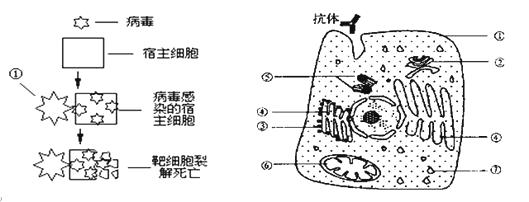Kevin Hines, a manic-depressive, was 19 and in one of his weekly downswings on an overcast Monday morning in 2000. He went to the nearby Golden Gate Bridge to kill himself mostly because, with only a four-foot (1.2-metre) railing to leap, "I figured it was the easiest way." He dived over, but flipped and hit the water at 75mph with his feet first. His legs were crushed, but he somehow stayed conscious and started paddling with his upper body until the Coast Guard fished him out.
Mr. Hines is one of 26 people who have survived suicide attempts at the bridge, but 1 223 are known to have succeeded (i. e., were seen jumping or found floating). People are throwing themselves off the bridge at the rate of two a month, which makes it the most popular place in the world for suicides. One book on the subject says that the Golden Gate is "to suicide what Niagara Falls is to honeymooners".
Many San Franciscans think that the solution is to emulate the Empire State Building, the Sydney Harbour Bridge, the Eiffel Tower, St. Peter’s basilica and other such places and put up a simple barrier. This, however, is a decision for the 19 board members of the Golden Gate Bridge, Highway and Transportation District, an entity that oversees the bridge itself and the buses and ferries that operate in the area. Most of its revenues’ come from tolls and fares, and the district loses money. A barrier would cost between $15 million and $ 25 million.
So the Psychiatric Foundation of Northern California, which has adopted the barrier as its cause, considers it a success that the board has merely allowed a feasibility study, for which various private and public donors have raised
$ 2 million. Mel Blaustein, a director at the foundation, has heard several arguments against a barrier over the years-too ugly, too expensive, and so forth--but the most persistent has been that people would simply kill themselves somewhere else, so why bother.’ This is nonsense, he says, "Most suicides are impulsive and preventable." A bridge without a barrier, adds Pat Hines, Kevin’s father, is "like leaving a loaded gun in the psychiatric ward.\
What will the author mention after Paragraph 4()
A. Some examples that bridges with barriers saved many people’s lives
B. Some suicides were successfully prevented
C. Some barriers over bridges are accepted both ornamentally and financially
D. Some barriers over bridges are in progress
参考答案:A
解析:
[直击题眼] 第四段结尾:This is nonsense,he says;“Most suicides are impulsive and preventable.”A bridge without a barrier,adds Pat Hines,Kevin’s father,is“like leaving a loaded gun in the psychiatric ward.”
[深层剖析] 本题的题干形式在近年考试中出现频率很高,这是一种推断题。题干为一个后续式提问,其实是寻求举例,目的是为了说明段落中的观点,即:“大多数人自杀都是出于一时冲动,完全是可以阻止的”。[A]选项中的即是举例子,因此[A]正确。
[主干扰项分析] [C]选项干扰性很强。其主要错误是尽管防护设施在装饰和经济角度上都被人们接受了,但其实际效果才是人们关注的焦点。因此,[C]选项是典型的迷惑选项。本文是对一种社会问题进行讨论,这种文章的谈沦焦点往往是“问题产生的原因、社会影响、解决的方式等”,一般不会去具体讨论解决方式的具体运作过程,而这一点往往是说明性文章喜欢讲述的内容,所以[D]不正确。
[次干扰项分析] 选择[B]选项的同学是因为没有意识到这是个陷阱,究竟是设施救了人还是人救了人。因为此句为一个被动语态句式,同时又省略了施动者(by sb.)。答到此题的时候考生往往寻求一个简洁的答案,而忽视了句子的省略可以产生歧义,这也正是大意出错的地方。

